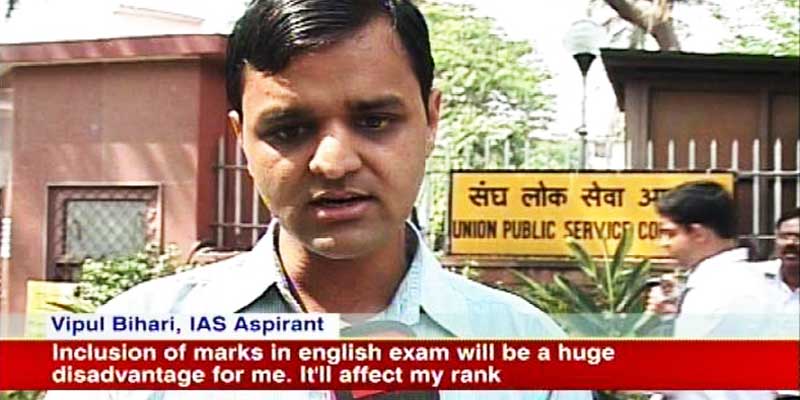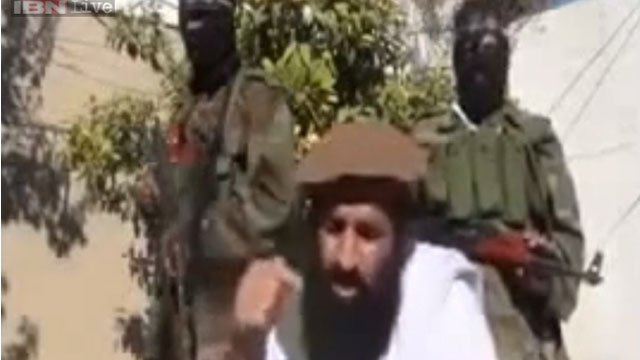Scrapping CSAT will mean lowering the standard of the civil services exam and hence recruiting sub-standard officers in the government.
The aspirants of the Civil Services exam in the country are protesting on the road at a time when they should be inside their homes preparing for the exam. The preliminary exam is barely a month later, on August 24, and admits cards have been issued by the Union Public Service Commission (UPSC) too.
The protest is regarding the Civil Services Aptitude Test, abbreviated as CSAT, and the language skill test included in it. CSAT constitutes Paper II of the prelims while Paper I is a general aptitude test.
The protestors are demanding scrapping of CSAT claiming that it gives an edge to the science stream – especially Engineering and Medical – students.
Well, looking at the history of Civil Services exam, one will come to know that there used to be a completely different pattern of the prelims where two GS papers were included.
It was later realized that in the changing times, where computers, e-governance, analysis of graphs, reports and charts has become more important, and where competing with the western and eastern countries is imminent, the pattern of the prelims should be changed.
The change was backed by student movement and CSAT was framed and brought in 2011 as paper II for the prelims.
CSAT essentially contains 80 questions which the examinee has to solve in two hours. Eight situational questions from the ethics and aptitude topic, and which contain no negative marking for wrong answer, were included in the CSAT to test the integrity and aptitude of the candidate.
The rest 72 questions are an amalgamation of passages for testing comprehension skills, basic numeracy questions for testing mathematical aptitude, reasoning and data interpretation question for testing interpretational skills.
It includes three passages, which may mean six or nine questions, for testing language skills and which are in English. Rest all questions, which again come down to 70-72, are supplemented with simple Hindi translation for the convenience of candidates.
The paper I, which contains 100 general awareness questions, include topics ranging from science to environment and from biology to polity. CSAT, thus, provides a level playing field for all students from all streams testing their core skills which will be required to do the job of a top bureaucrat.
The protestors also claim that the CSAT does not include Hindi translation of language skill test questions. Well, and sorry to say, if they are this dumb in interpreting a simple logic, how can they even dream of becoming an IAS, or IPS or IRS?
Scrapping CSAT will mean lowering the standard of the civil services exam and hence recruiting sub-standard officers in the government.
It should also be noted that the age of the candidates has further been relaxed two years and the number of attempts has also been increased by the previous UPA government. In fact, the exam is already scheduled late (last year it was on May 26) for the same protestors wanted more time to study because of the change in pattern, which actually happened three years ago.
And what is this with violence?
Effigy burning, police clashes, and attempts of self immolation? Will the government allow such elements to fill in the government posts which need utmost diplomacy, secrecy and sensitivity towards handling important policy issues?
The government must not give in to the demands of the protestors. And it must have full faith in the UPSC. If Prime Minister Narendra Modi really believes in a strong India, then there should be no short-cut towards realising potentials. He can see an inspirational example at his arm’s length:
His PMO worker’s son, who became an IAS this year, was neither an engineer nor a protestor.
Students should burn midnight oils, not effigies.




